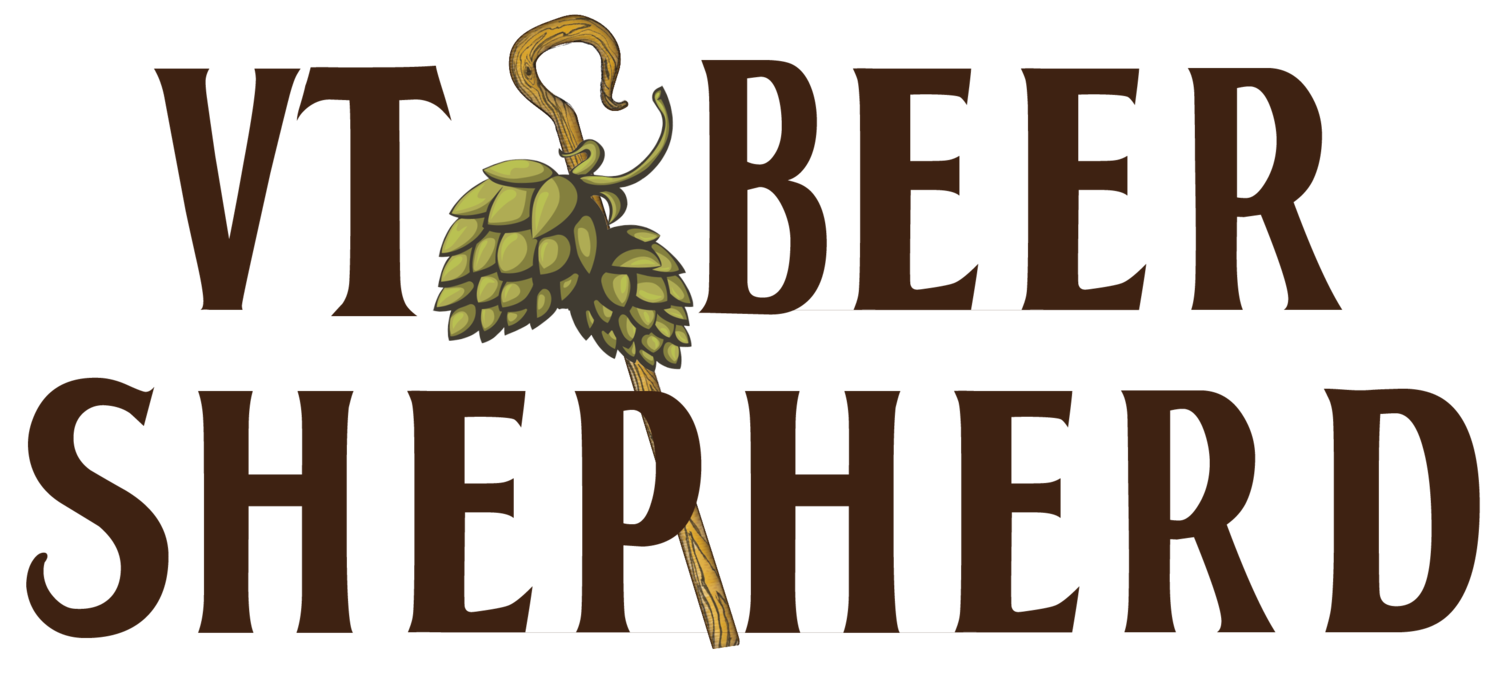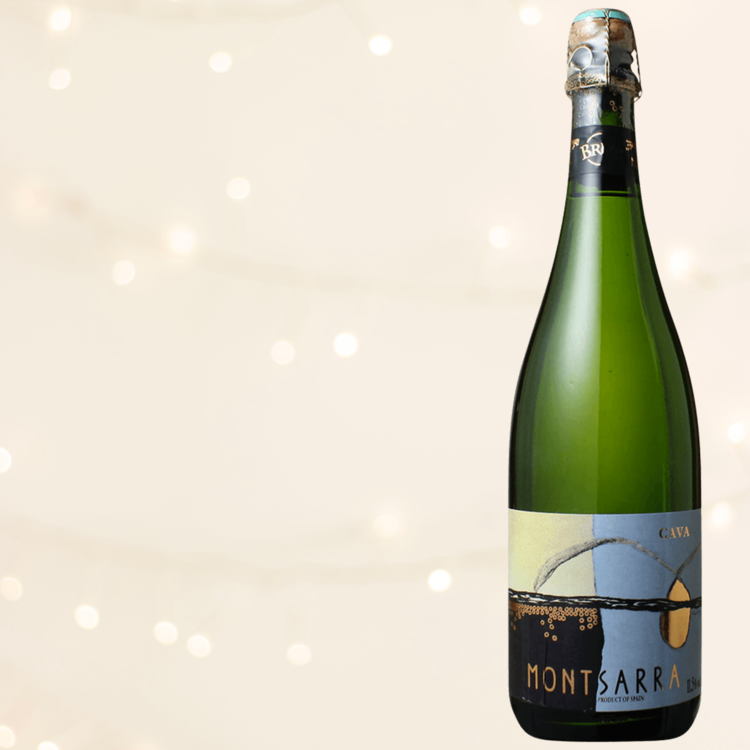Bubbles!
By David Keck
‘Tis the season to drink bubbles. Well, over here at the Shepherd Headquarters we think any occasion is a good one for drinking bubbles. Holidays, celebrations, Tuesdays, snow days… basically any time calling for a delicious beverage. We thought this might be a good time to go through some of the quick technicalities separating different styles of sparkling beverages, and give you the rundown on some of our favorites right now.
There are really three ways to produce a sparkling beverage (apart from carbonation… which we won’t be addressing today as it isn’t used in any of our wines!), the traditional or Champagne Method (Méthode Champenoise), the Charmat Method, and Pétillant Naturel. These aren’t the only ways (the transfer method is still used, etc. etc. etc.), but this is where we’ll focus. The Reader’s Digest version:
Essentially making sparkling wine involves trapping the CO2 that is produced through fermentation (remember the basic and magical formula: Sugar + Yeast = Alcohol + CO2), and inoculating the wine with this gas. The most basic/simplest of these processes is the Pétillant Naturel (PetNat) method, in which the wine begins fermentation, and before the sugar has completely been converted into alcohol, the wine is bottled, then finishes fermentation in the bottle so that the final amounts of CO2 create the sparkle.
The Traditional Method is perhaps the most involved and time consuming, and as a result, often yields more expensive wines. In the Traditional Method, fermentation is completed to produce a ‘base wine.’ To this wine is then added more sugar (liqueur de tirage) and the wine is let rest in bottle to go through a secondary fermentation, often ageing on the dead yeast cells that result from the fermentation—sounds super sexy, sure, but also results in some of the most amazing wines in the world! That yeast is then removed (disgorged), the wines are topped up with the ‘dosage’ (adds a little sweetness to balance the intense acidity) and the wine is corked for release.
The Charmat Method is a variation on the secondary fermentation of the Traditional Method, but in the interest of preserving more of the fresh, fruity aromas, the secondary fermentation happens in a large, sealed tank, and the wine is bottled after the secondary fermentation is over. This method is much more affordable and is a shorter process than the traditional method.
Now that we’ve covered some of the technical stuff, let’s talk about what we’ve got in the Shepherds’ Flocc to fill your need for bubbles this holiday season!
Bertrand-Delespierre Terres Amoureuses Brut 1er Cru 2013 $48.86
Bertrand-Delespierre Terres Amoureuses Rosé de Saignée Brut 1er Cru 2012 $45.11
Another grower-producer (or maker of ‘Farmer-Fizz’), the husband and wife team of Didier and Chantal make truly awesome wines from top sites in the Montagne de Reims (ok, the Manhattan of Champagne…). They practice organics in the vineyards (not easy in Champagne), are HVE certified (Haute Valeur Environnementale), use large format oak in the wines, and we have all vintage wines from them. To find wines of this quality, from a top grower, including a saignée rosé (literally ‘bled’ meaning that the juice is bled off the red grape skins giving it a beautiful color and intensity), is basically a slam-dunk for the holidays. They pair with food spectacularly well and are perfect wines to pop for New Year’s Eve.
We’ll also make the plug here for trying sparkling wine, especially awesome Champagne, from a white wine glass. It’s hard to get all the character and aromas from the tiny mouth of a flute! We won’t argue with how festive and fun flutes are, so if that’s your move, no judgment here, but try both!
LA JARA ORGANIC PROSECCO NV
We’ve written about this before, but it’s rare to find a family-run estate that produces organically certified Prosecco. Made in the charmat method (discussed above and generally the way 99% of Prosecco is produced), the grape here used to be commonly referred to simply as Prosecco, but is now increasingly known by its real name, Glera. This wine is fruity, aromatic, dry, and perfect for bubbles to precede any meal, for brunch on New Year’s Day, and just in general for happy drinking.
MONTSARRA CAVA NV
Cava is an appellation in Spain that is actually just for sparkling wine, it is not delimited by a region. That said, much of the great Cava is produced in the Penedès region outside Barcelona. Montsarra is actually in the Alt-Penedès, the more mountainous region a bit further from the coast, considered by many the highest quality sub-region. Made in the Traditional Method, this Cava spends extra time on the lees (18-24 months) giving it added texture, complexity, and richness. Mostly Macabeo, with the other two traditional grapes (Xarel-lo and Parellada) included in smaller quantity. And a crazy deal at this price.
GROCHAU JOYRIDE ROSÉ
John Grochau makes this sparkling wine in the Willamette Valley of Oregon from Pinot Noir that is sustainably and organically farmed. Made in the charmat method to preserve the bright, beautiful fruit, this is a juicy, delicious bottle of bubbles. Under crown cap, so perfect to pop and pour for holiday parties (outside and/or safely distanced) and to pair with all the delicious cuisine associated.
JEAN LAURENT BLANC DE NOIRS NV
JEAN LAURENT BLANC DE BLANCS RÉSERVE NV
JEAN LAURENT BRUT ROSÉ NV
Jean is the third generation of his family working with this estate, but they’ve been making wine in Celles-sur-Ource for centuries. It’s a tiny town in the Aube region of Champagne—sort of the Brooklyn of Champagne, where the cool kids are hanging out and doing interesting things. The prices are great and wines consistently overdeliver. Made in the Champagne or Traditional Method, as one would assume…
Drink in good health!





